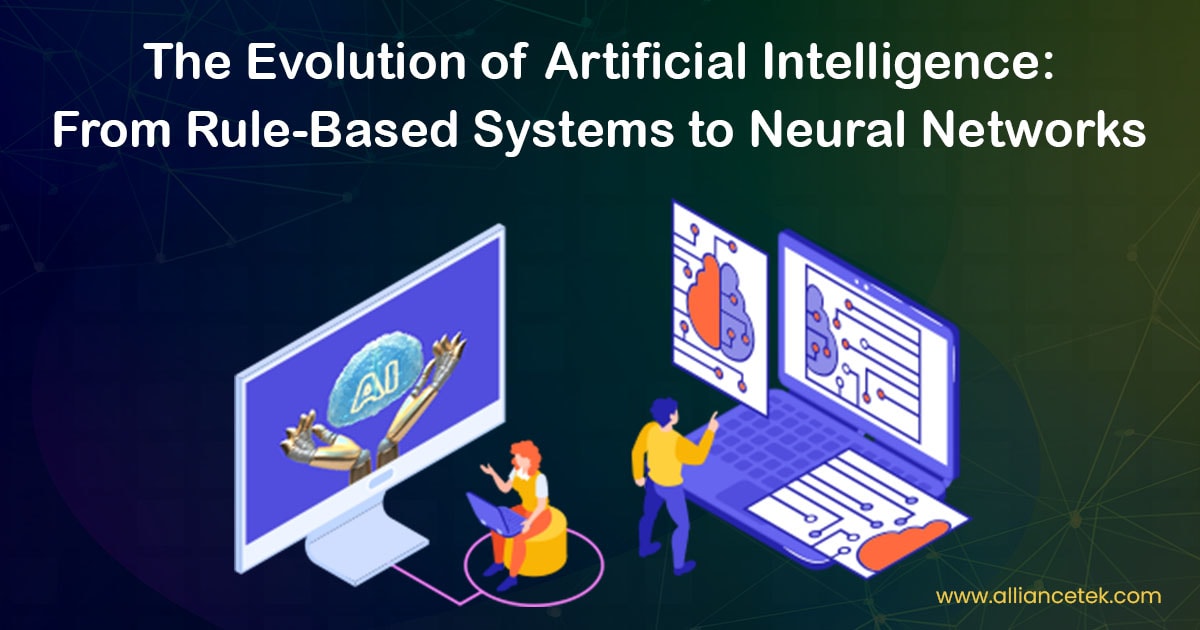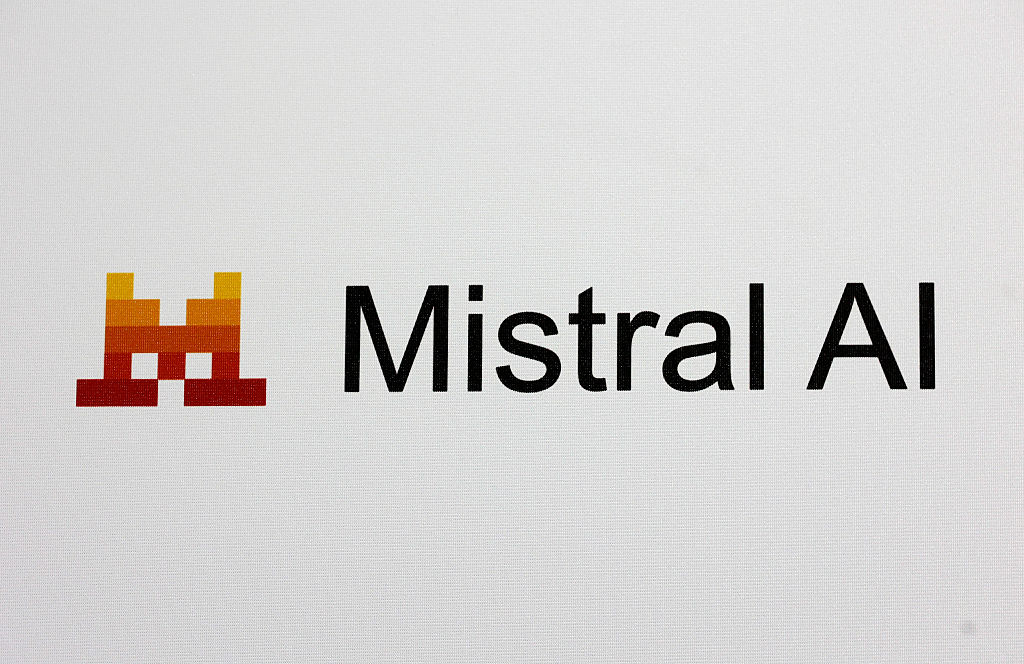
Artificial intelligence (AI) has experienced a fundamental transformation in recent decades. Once dominated by rule-based systems—where algorithms followed explicitly programmed instructions—AI has increasingly shifted toward data-driven neural networks that learn patterns and behaviors from vast datasets. This evolution has not only redefined the capabilities of AI but also expanded its applications across industries such as healthcare, finance, transportation, and entertainment.
In the early stages of AI development, systems were predominantly rule-based. Engineers designed these systems to follow logical rules laid out in advance—a method suitable for well-defined problems. For example, expert systems were created to emulate human decision-making in areas like medical diagnosis or legal assessments by using a structured set of IF-THEN rules. While effective for specific and controlled environments, these systems lacked the flexibility to handle ambiguity, new data, or complex pattern recognition.
The limitations of rule-based approaches paved the way for machine learning and, ultimately, neural networks. Neural networks, inspired by the interconnected neurons in the human brain, enabled systems to learn directly from data. Rather than relying on manually coded rules, these models could ‘train’ on large datasets to identify trends, make predictions, and even generate text or images. This paradigm shift was made possible by exponential increases in computational power, the availability of massive data collections, and advancements in algorithm research.
Key breakthroughs in neural network architectures—such as convolutional neural networks (CNNs) for image recognition and recurrent neural networks (RNNs) for sequence data—further propelled this transition. More recently, transformer models, including notable examples like OpenAI’s GPT and Google’s BERT, have demonstrated unprecedented capabilities in natural language understanding and generation, showcasing the scalability and power of data-driven AI.
The benefits of neural network-based AI are vast. These systems can adapt to new inputs, generalize from examples, and perform tasks without human-specified rules. Applications include facial recognition, speech-to-text systems, autonomous driving, and personalized recommendations, among many others. However, the approach is not without its challenges. Neural networks often operate as ‘black boxes,’ offering limited interpretability. Furthermore, they require vast amounts of labeled data and computational resources, raising concerns about accessibility, bias, and environmental impact.
Despite these challenges, the transition from rule-based systems to neural networks represents a core milestone in the progression of AI. As research continues and new models emerge, understanding this evolution helps contextualize current innovations and future directions. Ultimately, the ongoing shift enables AI to be more responsive, versatile, and capable—fostering advancements that were once the realm of science fiction.
Source: https:// – Courtesy of the original publisher.








